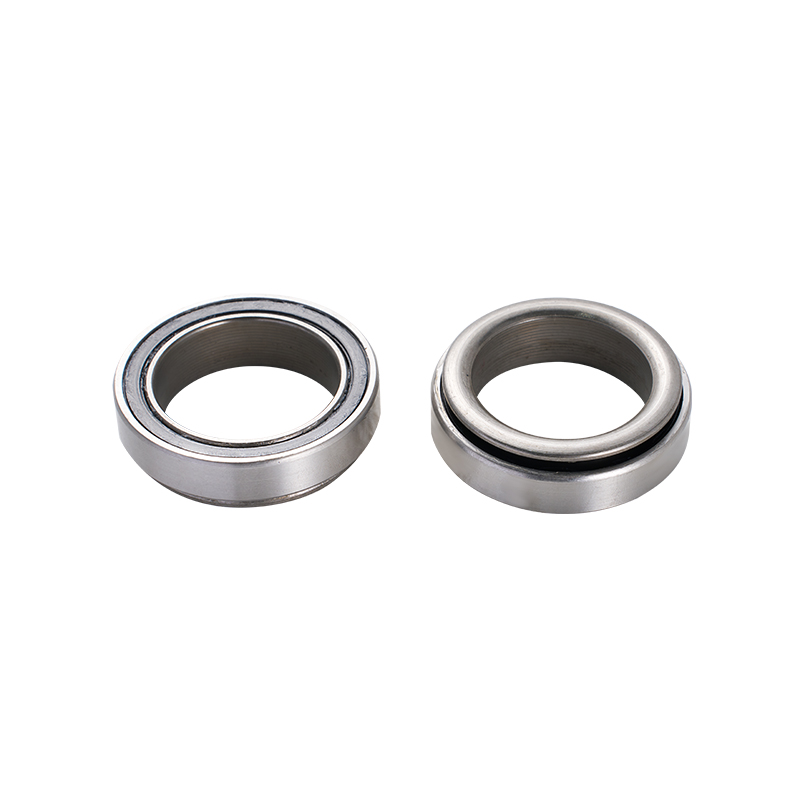As a dedicated manufacturer specializing in custom clutch fork bearing and release systems, we are deeply familiar with the intricacies of how different bearing types impact clutch performance. One of common comparisons we see from clients and engineers alike is between mechanical systems that use a clutch fork throwout bearing and modern hydraulic systems such as the clutch masters hydraulic release bearing. Understanding the difference is key for vehicle designers, repair professionals, and high-performance automotive brands.

Let's start with the traditional clutch fork bearing system. This mechanical setup relies on a simple, tried-and-true design. The clutch fork bearing is mounted between the clutch fork and the diaphragm spring of the pressure plate. When the clutch pedal is pressed, the fork pushes the bearing forward, disengaging the clutch. This bearing design has been used in millions of vehicles over decades, valued for its durability, cost-effectiveness, and ease of maintenance.
Similarly, the clutch fork throwout bearing functions within the same system, often used interchangeably in name depending on regional or technical preferences. It throws out or moves the diaphragm spring away from the clutch disc when actuated. At our factory, we produce both standard and high-precision custom clutch fork throwout bearing units designed for commercial trucks, passenger cars, and off-road vehicles. Their mechanical nature makes them ideal for clients needing simple repair or retrofit solutions.
However, the market is evolving, and high-performance and modern vehicles are increasingly adopting the clutch masters hydraulic release bearing system. Unlike mechanical systems, this type of bearing combines the slave cylinder and the bearing into one unit. It is mounted inside the bellhousing and uses hydraulic fluid to push directly against the clutch spring.
The clutch masters hydraulic release bearing eliminates the need for a clutch fork bearing or any external linkage. For manufacturers like us, this design offers exciting possibilities: more compact assemblies, fewer moving parts, and greater customization for space-constrained environments like racing or sports cars. From a design and production perspective, integrating the slave cylinder with the release bearing reduces potential points of failure and improves long-reliability.
It's essential to consider that the clutch fork throwout bearing and clutch fork bearing systems are still more affordable and easier to service. In regions where hydraulic parts are expensive or hard to source, these mechanical solutions remain practical. At our factory, we still receive a high volume of custom orders for clutch fork throwout bearing components due to their wide compatibility and long-standing use.
For performance applications, though, the clutch masters hydraulic release bearing stands out. It provides smoother clutch operation, reduces pedal effort, and enhances overall driving feel. As a factory that develops tailored solutions for motorsport teams and aftermarket performance brands, we often recommend the clutch masters hydraulic release bearing for builds where control and responsiveness are priorities.
Both mechanical and hydraulic systems have their place. The clutch fork bearing and clutch fork throwout bearing remain reliable options, especially in traditional and budget-conscious applications. Meanwhile, the clutch masters hydraulic release bearing offers advanced performance benefits that align with the future of automotive engineering. As a custom clutch bearing manufacturer, we are proud to offer solutions for both — and guide our clients toward fit for their specific needs.



 English
English русский
русский
